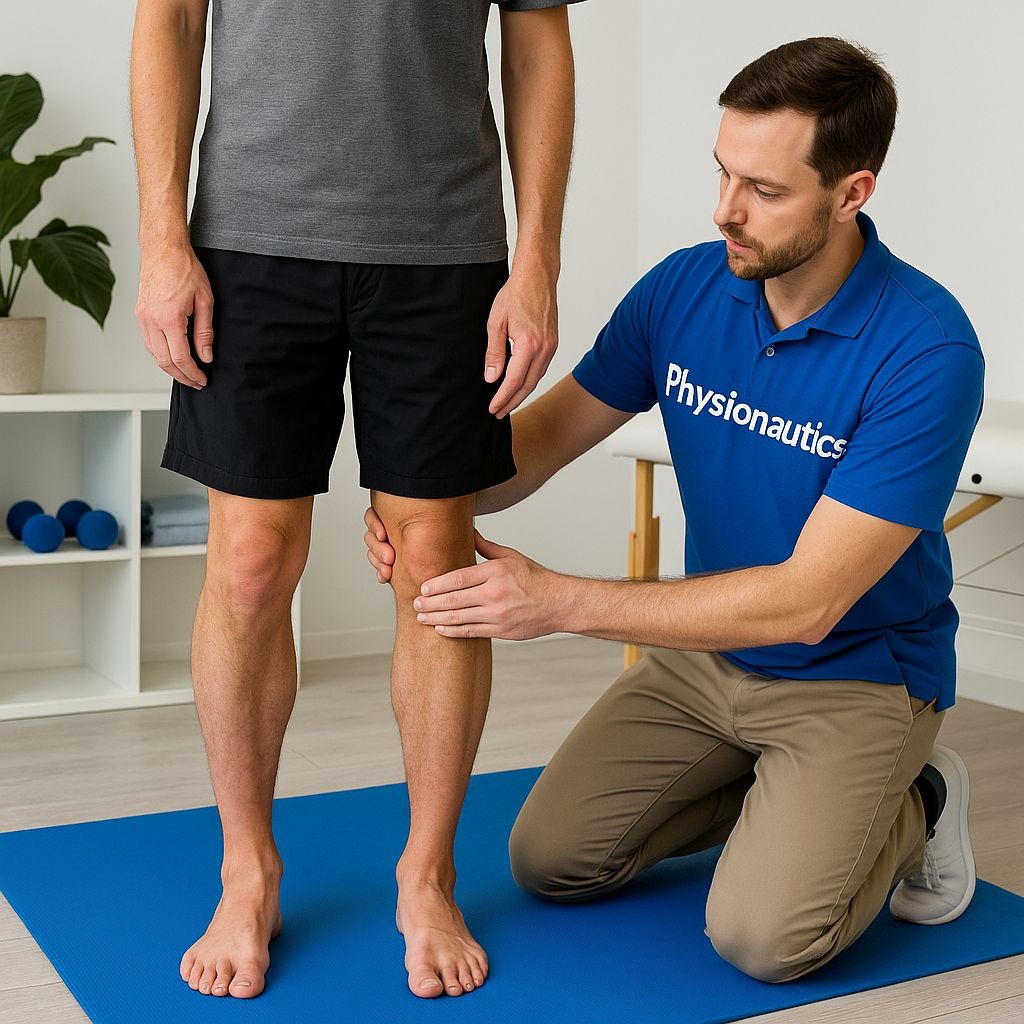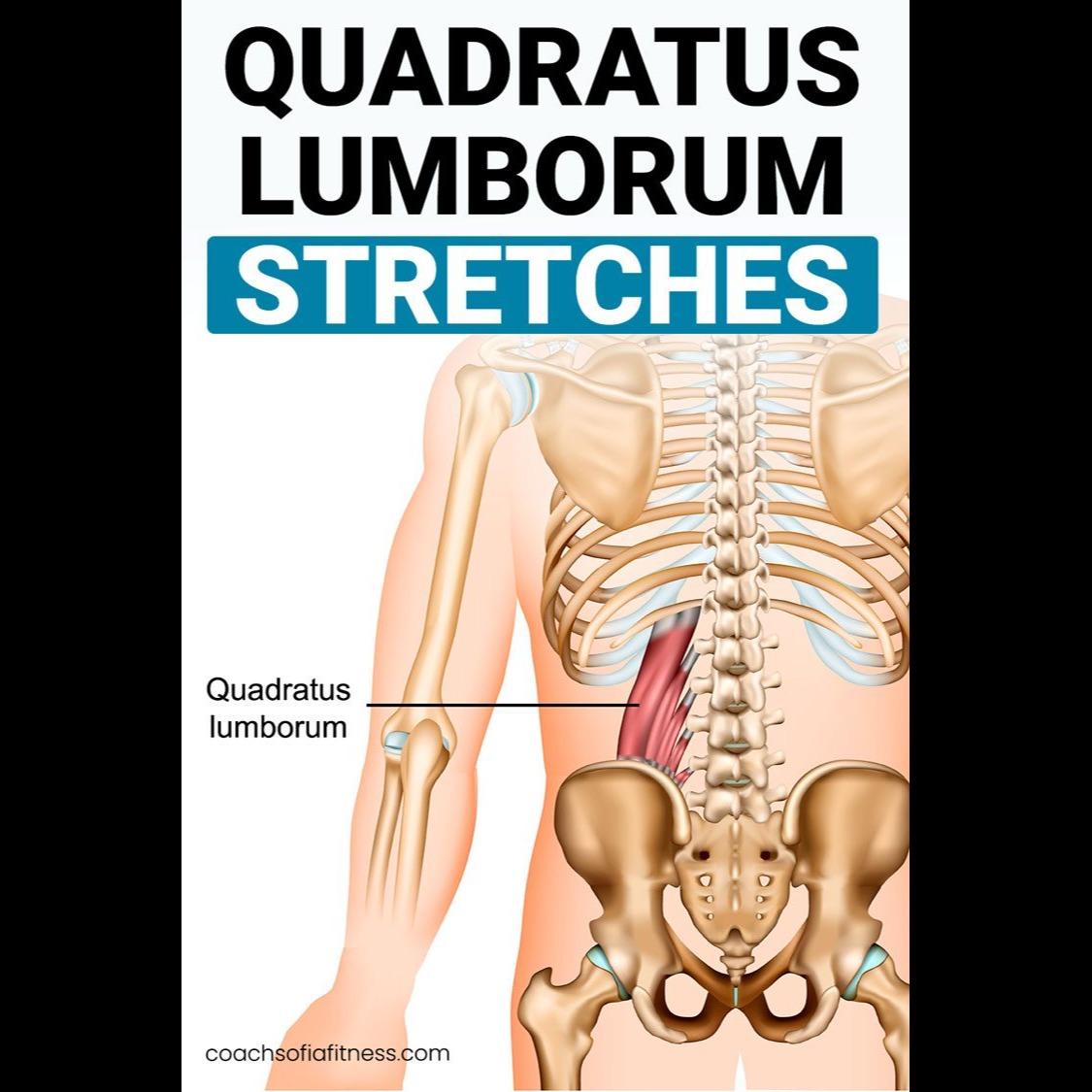



The Quadratus Lumborum (QL) is a deep muscle located in the lower back, extending from the pelvis to the lumbar spine and the twelfth rib . It plays a crucial role in stabilizing the lumbar area, facilitating side bending, and aiding in the extension of the spine . While often implicated in one-sided low back pain, isolating the QL as the sole cause can be challenging due to its deep location and shared functions with other muscles and ligament Quadratus lumborum (QL) exercises are designed to strengthen, stretch, and stabilize this deep lower back muscle, which is crucial for alleviating and preventing low back pain . These exercises can improve posture, enhance performance in various physical activities, and contribute to overall spinal health. QL pain can manifest as tightness, discomfort, or a deep aching sensation in the low back, often worsening with movement, coughing, or sneezing . It can result from overuse, compensation for weakness elsewhere, or muscle strain . Mobility and Stretching Exercises Initial rehabilitation often focuses on improving mobility and reducing muscle guarding . Gentle movements and stretches can help move the QL through its full length without causing sharp pain or spasms . • Knees to Chest: Lying on your back, bring one or both knees towards your chest, relaxing the legs and using your arms to gently pull . This targets the lower QL • Child's Pose: Starting on hands and knees, shift hips back to heels, extending arms forward and rounding the lower back. To target one side, reach both arms towards the opposite side . This helps relax and stretch the lower QL. • Seated Side Bend: Sitting cross-legged, raise one arm and reach it over to the opposite side, leaning the body to feel the stretch . This targets the upper QL . • Standing QL Stretch: Stand upright, place one hand on the hip, and push the hip towards the opposite side while reaching the other arm overhead and tilting the torso. • Supine Rotation Stretch: Lying on your back with knees bent, slowly lower both knees to one side while keeping shoulder blades on the ground . • Side Lie on Exercise Ball/Edge of Bed: Lying on your side over an exercise ball or on the edge of a bed, allow the upper side to stretch by reaching the arm overhead or letting the leg hang. • Wall Lean: Place a forearm on a wall, position legs away, and lean the side of the body onto the wall, then tilt the upper torso away from the wall. These stretches should be held for 30-60 seconds, and it's important to avoid stretching into pain . Releasing tight areas with a massage ball before stretching can enhance effectiveness Stability and Strengthening Exercises Once initial pain subsides and mobility improves, stability and strengthening exercises are introduced to build endurance and resilience in the QL and surrounding core muscles. • Side Plank: Support the upper body with a forearm, straighten legs, and maintain a straight line. Variations include performing on knees or elevating the upper body. This exercise builds abdominal strength and QL endurance. • Suitcase Carry: Hold a heavy weight in one hand and walk or stand tall, maintaining a braced core and straight posture. This challenges trunk and pelvic stability and is excellent for QL rehabilitation. • Roman Chair Side Bends/Isometrics: Using a Roman chair, hold a static side bend or perform dynamic side bends, adjusting difficulty by body position or added weight. • Back Extension Exercises (Roman Chair/Prone Superman): These exercises strengthen the low back and hip extensors. In a Roman chair, hold a straight trunk or flex towards the floor. For Prone Superman, lift the torso and legs off the floor. • Deadlift Variations: Conventional deadlifts, single-leg deadlifts, and Romanian deadlifts engage the QL along with glutes and hamstrings . Focus on maintaining a relatively flat low back . • Bridges or Hip Thrusts: These can be performed double-leg or single-leg, with or without weight, to strengthen the posterior chain, including the QL ]. • Russian Twists: Sitting with bent knees and feet flat, hold a weight and twist the torso side to side . • Standing Cable Lift/Half-Kneeling Cable Lift: Using a cable machine, lift a rope handle towards the opposite hip, engaging the core and QL. • Plank with Leg Lift: From a plank position, lift one leg off the ground, holding for a few seconds before switching. • Overhead Pullof Press: Using a resistance band or cable, kneel or stand 90 degrees from the anchor point and press the band overhead, resisting rotation to stabilize the spine. These exercises should be performed for 2-3 sets of 8-15 repetitions for dynamic movements or 30-60 second holds for isometrics, 2-3 times per week.
We hate spam too.